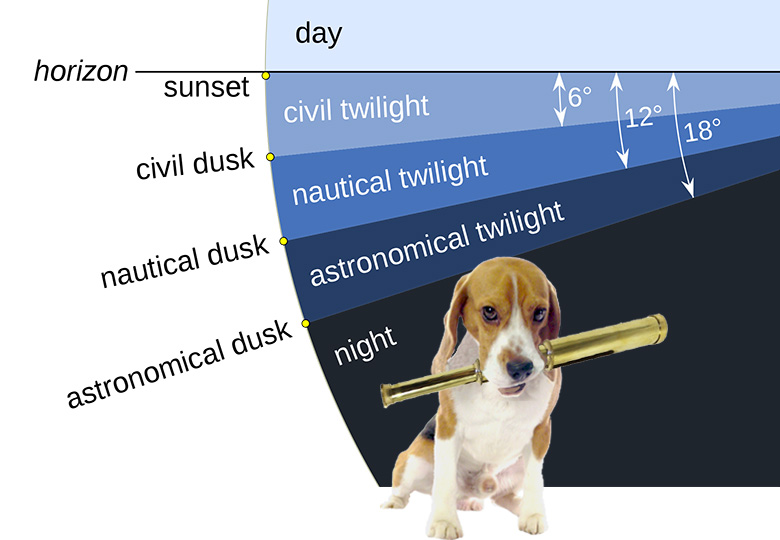The Twilight of Consciousness
I have long been fascinated by twilight. In fact, I often use that word to describe flavors that are complex and muted.
But what is twilight, really?
“Twilight is the illumination of the lower atmosphere when the Sun is not directly visible because it is below the horizon. Twilight is produced by sunlight scattering in the upper atmosphere, illuminating the lower atmosphere so that Earth’s surface is neither completely lit nor completely dark.” – WIKIPEDIA
Twilight lasts only about 20 minutes.
“There is a brief time, between waking and sleep, when reality begins to warp. Rigid conscious thought starts to dissolve into the gently lapping waves of early stage dreaming and the world becomes a little more hallucinatory, your thoughts a little more untethered. Known as the hypnagogic state…”
– Vaughan Bell, Science Writer, The Atlantic, April 20, 2016
I think of this time “when reality begins to warp” as the twilight of consciousness, that time when the subconscious mind takes the intellect for a ride.
Dr. Scott Barry Kaufman and Dr. Jerome L. Singer, Professor Emeritus of Psychology at Yale University, are studying a different twilight of consciousness. “Daydreaming is a normal, widespread, human phenomenon that people are aware of consciously and can report reliably on questionnaires. Large numbers of people from different walks of society, gender, and ethnicity report considerable daydreaming in their daily lives.”
Kaufman and Singer have determined there are three types of daydreaming.
1. Positive-Constructive Daydreaming (playful, wishful, constructive imagery)
2. Guilty-Dysphoric Daydreaming (obsessive, anguished fantasies)
3. Poor Attentional Control (the inability to concentrate on ongoing thought or external tasks)
Further study indicated that
1. Positive-Constructive daydreaming is associated with Openness to Experience, reflecting curiosity, sensitivity, and the exploration of ideas, feelings, and sensations.
2. Guilty-Dysphoric daydreaming is related to Neuroticism.
3. Poor Attentional Control is related to low levels of Conscientiousness
Current neuroimaging research supports Singer’s idea that daydreaming is the default state of the human mind.
Your daydreams are the voice of your powerful subconscious as it tries to assist your conscious mind. When your subconscious mind and your conscious mind are working together to achieve a common goal, you can believe that it will happen.
So, if our daydreams are the voice of the subconscious mind and we want our daydreams to be Positive-Constructive, how can we fill our subconscious with productive, helpful, happy images?
Two thousand years ago, we were given this advice: “Your eye is the lamp of your body. When your eyes are healthy, your whole body is full of light. But when they are unhealthy, your body is full of darkness. See to it, then, that the light within you is not darkness.” *
If I were to translate this to the language of the 21st century, I would say, “If you turn your attention to good things, your mind will shine. But if you turn your attention to dark thoughts, your mind will be full of darkness. So pay attention, then, or you will find yourself full of darkness.”
You have the power to turn your attention wherever you will. Aim it at productive, helpful, happy things. Don’t obsess over problems. Focus your attention on solutions. Not just solutions for the problems you’re currently facing, but solutions in general.
Stories of problems solved are, by definition, stories with happy endings.
Don’t worry. Be happy.
Roy H. Williams
*The Good News of Luke, chap 11:34-35
